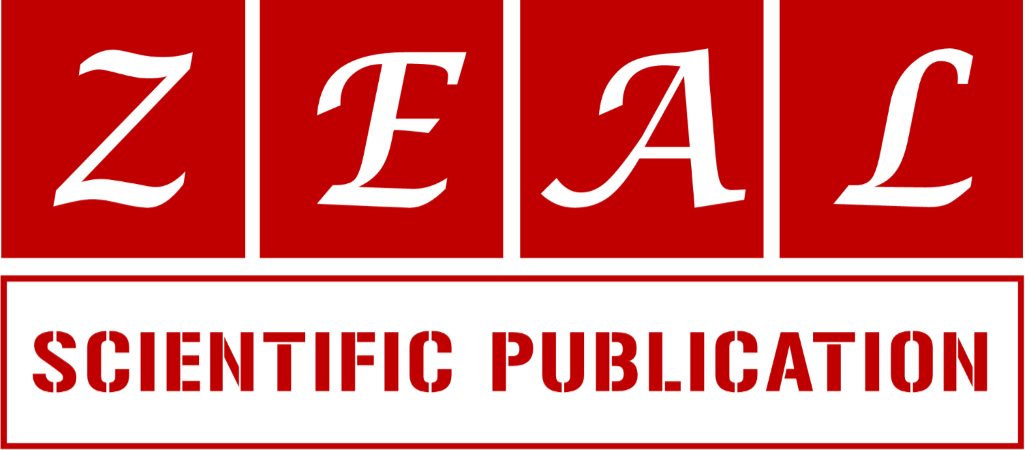Anaesthesia policy in dentistry - A step towards enhancing patient safety in dental practice
Department of Dental Surgery, Naval Hospital INHS Kalyani, Gandhigram Post, Visakhapatnam-530005, Andhra Pradesh State, India.
Case Study
World Journal of Advanced Pharmaceutical and Medical Research, 2023, 04(02), 058–064.
Article DOI: 10.53346/wjapmr.2023.4.2.0027
Publication history:
Received on 07 May 2023; revised on 17 June 2023; accepted on 20 June 2023
Abstract:
There are a variety of options for use of dental anaesthetics. Anaesthetics can be used on their own or combined for improved effect. More dentists are offering newer types of anaesthesia and sedation in their own offices but the lack of inspection, inadequate training of para dental staff and unavailability of necessary emergency measures in the dental clinics is causing more accidents. A policy to govern the use of anaesthesia in dentistry is an increasingly controversial topic. Anaesthesia awareness among the dentist community leaves a lot to be desired. One reason there has been no urgency for framing a Dental Anaesthesia Policy is because there is very little data related to mishaps attributable to use of anaesthesia in dental practice. Dental practice does not have a systematic or scientific type of reporting to enable practitioners to predict or examine outcomes. When a procedure has adverse results, the dental practitioner is most likely to decide not to try it again or worse, decide to keep the failure to themselves so as not to harm the growth of their practice. An important aim of having a Dental Anaesthesia Policy is to pay adequate attention to the patient once dental anaesthesia is administered and to prioritise medical care, in case of any emergency.
Keywords:
Dental anaesthesia; Policy; Regulations; Toxicity; Patient Safety; Guidelines
Full text article in PDF:
Copyright information:
Copyright © 2023 Author(s) retain the copyright of this article. This article is published under the terms of the Creative Commons Attribution Liscense 4.0
